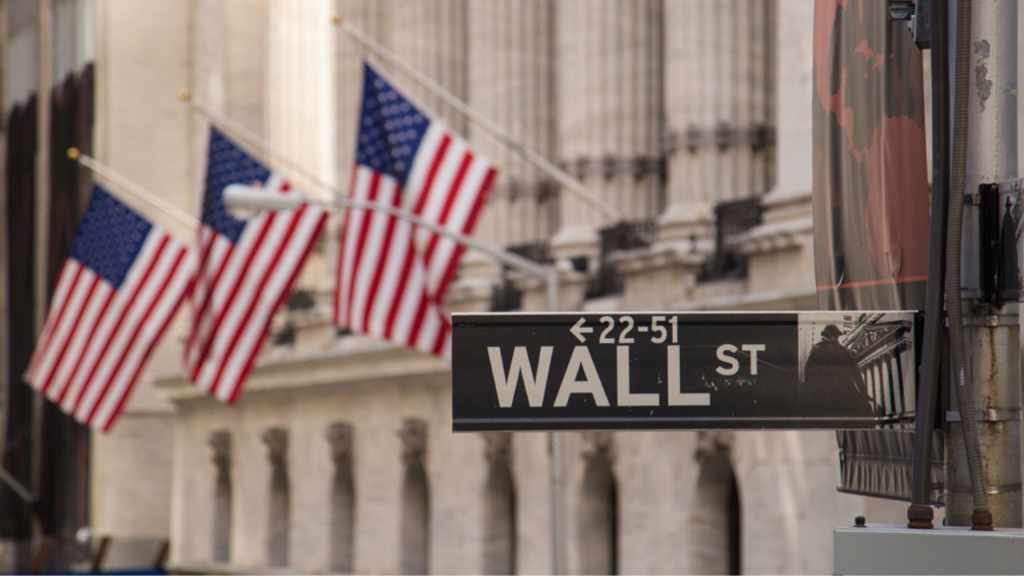One of the best investment strategies over the past two decades has been to buy stocks that return cash to shareholders, either in the form of buybacks or dividends. Those companies have been rewarded by the market with strong outperformance. Since 2005, the broad US market (S&P 500) has returned a cumulative 458%. Meanwhile, the S&P ‘buyback index’ has returned 539%, while the ‘dividend aristocrats’ basket has rewarded holders with a 532% return. At the same time, companies that spent heavily on capital equipment—factories, machines, and the like—have lagged badly. For instance, the Goldman Sachs ‘capex’ basket has underperformed its ‘dividend’ one by 2.25% each year since 2005.
Top executives and boards have cottoned on to the benefits of returning cash to shareholders. Buyback and dividend yields have both increased since the 1990s and together now hover around 5%. The cash returned to shareholders each year amounts to roughly 5% of market capitalization.
That’s a lot of cash. One consequence is that companies have become parsimonious with their capital spending, as illustrated by a declining capital spending-to-sales ratio. That figure averaged 7-8% during the 1990s, but over the past fifteen years it has come down to around 6%.
To be sure, the sectoral composition of the stock market has changed over the past decades, with more ‘capital light’ (e.g., information technology) companies joining and dominated the index. But that is not, by a long shot, the sole explanation for the observed stinginess in capital spending. With few exceptions, the capital-spending-to sales ratio has declined across most sectors, and especially in the most industrial parts of the S&P500.
Nor is this just a big company or listed company phenomenon. US economy-wide data tell a similar story. The ratio between “net corporate dividend payments” and “private nonresidential fixed investment” in the national income accounts was stable around 5-times in the 1970s and 1980s. For every dollar in dividends, five dollars were invested in plant and equipment. But over the past decade, the ratio has plunged. Today, for every dollar in dividends, only two dollars are invested in capital equipment.
We dub this phenomenon ‘capitalism without capital’. The idea is simple: The capital-intensive production is nowadays the least profitable enterprise and hence is largely outsourced. In the past two decades, companies have increasingly subcontracted the capital-intensive parts of their business to emerging countries and have focused their core business on capital-light, high-margin enterprises. The trend accelerated around 2001 when China joined the WTO.
Nor is it just about globalization. The shift also reflects the dominance of investment returns for business decision-making. The market rewards companies (and their executives) who return free cash flow to investors and penalizes those that plow it back into operations with below-average returns. Capitalism without capital is the logical outcome of the joined-up forces of finance and globalization.
For businesses and their owners, the outcome has been win-win.
For instance, companies have become significantly more profitable, as their profit and free cash flow margins have soared. The dynamic is also self-reinforcing. Companies find it difficult to identify investments that will not dilute margins, so instead they return excess cash to shareholders.
Shareholders also benefit. Return on equity is propped up, as are cash distributions. By externalizing the capital-intensive parts of the business, the companies also become less cyclical and hence less risky. Investors enjoy higher returns per unit of risk.
Emerging countries have also benefited from inward transfers of investment and production, as well as surging global trade. That was always integral to their development strategies and has paid off handsomely in recent decades.
Yet trees do not grow forever in the sky. And they cast long shadows, stunting growth below. Capitalism without capital creates risks and losers.
The Covid pandemic has exposed a major fault line. Long and lean supply chains are marked as much by complexity as efficiency. Today they epitomize fragility and vulnerability, plainly evident in shortages of goods worldwide.
Capitalism without capital also contributes to skewed income distribution and populist resentment. Anger directed against globalization by those left behind has fueled the protectionist backlashes of recent years, underscored by Trump tariffs (which the Biden Administration appears unwilling to roll back) and Brexit. Capitalism without workers on living wages is proving to be unsustainable.
As a result, trends of recent years cannot continue. For investors, an era of win-win is coming to an end. Globalization is slowing. Stakeholder capitalism is intruding on pure shareholder capitalism. Prevailing high profit and free cash flow margins are probably at their peak. That places today’s lofty equity market valuations at risk. Slower profits growth and peak valuations are hardly a recipe for strong returns.
While it lasted, capitalism without capital was wonderful for investors. It also fostered globalization, leading to an unprecedented era of rising living standards in emerging markets. But its time is coming to an end. The fragilities of the model are readily apparent, both as genuine business risks and in the context of inequitable outcomes. New business models will be required to address broader stakeholder interests and sustainable profitability.
